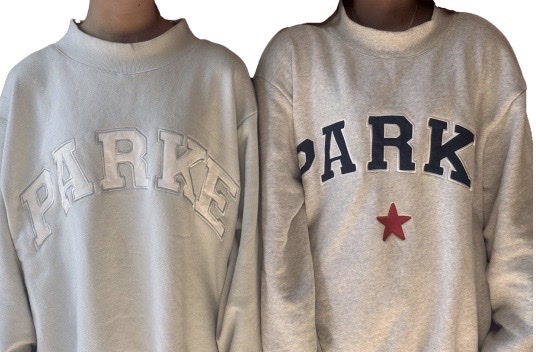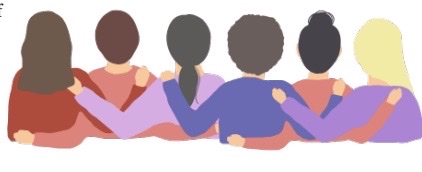Do you ever notice the slow decline in your physical appearance building up to winter? Perhaps a decline in your mental health? These effects can be correlated to seasonal depression when everything in your life starts to go downhill the moment after winter break.
Winter break is one of the most exciting parts of the year. The infamous two-week off-period is spent looking forward to the second the temperature drops below 32, so there can be white, fluffy snow on the ground. This is one of the only times when the cold weather is truly appreciated. The holidays do not feel official without snowfall. Overall, there’s no better time to appreciate the cold than Winter Break.
If you’re not involved in winter sports and activities, the snow after the holidays quickly starts to become a bore.
While it’s pretty at first, the snow eventually gets wet and cold. The fluffy material turns to slush, and just like that, the happiness of winter is gone. This is when seasonal depression is introduced.
Personally, during these months, my acne increases, my mood decreases, and unless I want to come to school orange, there is no hope for me to be tan until at least 6 months later.
My mood starts to decrease, imputing a feeling of sadness and lack of motivation that is not appreciated. Decreased moods can lead to a lot of procrastination and can make it even harder to complete simple tasks and homework assignments. This is normal, and there are ways to overcome these dreadful feelings that are associated with the arrival of winter.
- Light that mimics the sun
Solutions for clinical SAD (Seasonal Affective Disorder) have been developed to try and eliminate some of the feelings that come with winter. Artificial UV lights or lamps, that simulate the UV rays from the sun, are a common remedy. These lights are available in multiple easily accessible places such as Amazon.
“It’s thought that this type of light [from a light therapy box] may cause a chemical change in the brain that lifts your mood and eases other symptoms of SAD, such as being tired most of the time and sleeping too much,” according to Mayo Clinic.
- Stay on top of schoolwork
In addition, organization is one of the most effective ways to avoid procrastination with schoolwork. Keeping a planner is proven to be helpful in regard to remembering homework and tests. Especially if you put a deadline on when you should complete assignments. This will lessen procrastination greatly. Even simpler, keeping specific folders and notebooks for each class is also super effective. Getting started is the hardest part, but once you get there avoiding distractions and taking occasional breaks will help you make studying more effective.
- Avoiding being pale
While there is nothing wrong with being pale in general, being tan can make people more confident..
Rylee Renker ‘26 gives tips on self-tanning, a company remedy to mask winter’s pale gloom. She recommends not getting the darkest shade of self-tanner available, and rubbing it into your hands and ears.
“Make sure you really rub in it and moisturize before. Don’t make the mistakes I did,” Renker said.
All jokes aside, the concept of seasonal depression is a genuine issue that hasn’t been heavily explained. Seasonal Depression is a clinically researched disorder that affects a great percentage of the Midwest. Sometimes known as SAD, it affects about 5 percent of adults in the U.S. and it typically lasts about 40 percent of the year in average states, but increases in places like Michigan where the winters are harsher. Feelings of sadness and hopelessness are the most detrimental effects of SAD and can be carried out into school and work life.
If you are noticing any of the minor, or severe effects of seasonal depression, seeking out these tools to accommodate your struggles may be beneficial. Know you are not alone and seasonal depression affects many people all across America. Even though it gets more difficult to be happy in the winter, it is important to remember the little things and stay as positive as possible.







